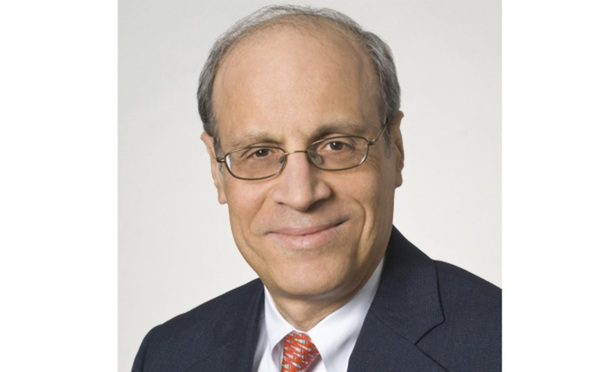Nine years ago, the U.S. Court of Appeals for the Federal Circuit could write confidently that “[b]ecause the ‘right to exclude recognized in a patent is but the essence of the concept of property,’ the general rule is that a permanent injunction will issue once infringement and validity have been adjudged.” MercExchange v. eBay, 401 F.3d 1323, 1338 (Fed. Cir. 2005). For that reason, injunctions were denied to successful plaintiffs in patent litigation only in “exceptional” cases.
All of that changed in 2006, when the Supreme Court reversed the Federal Circuit’s eBay decision. 547 U.S. 388 (2006). The Supreme Court held that an injunction is a “drastic and extraordinary remedy” that may be granted—even in a patent case—only when the plaintiff satisfies a traditional test, requiring a showing of irreparable injury, that legal remedies are inadequate and that the balance of hardships and the public interest favor equitable relief. Recent rulings of the Federal Circuit in Apple’s long-running battle with Samsung and of the U.S. Court of Appeals for the Ninth Circuit in a trademark case illustrate how much the landscape of injunctive relief in intellectual property cases has changed over the past seven years.



